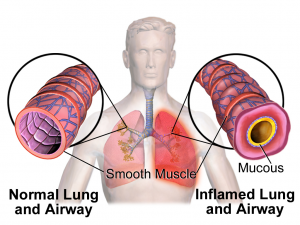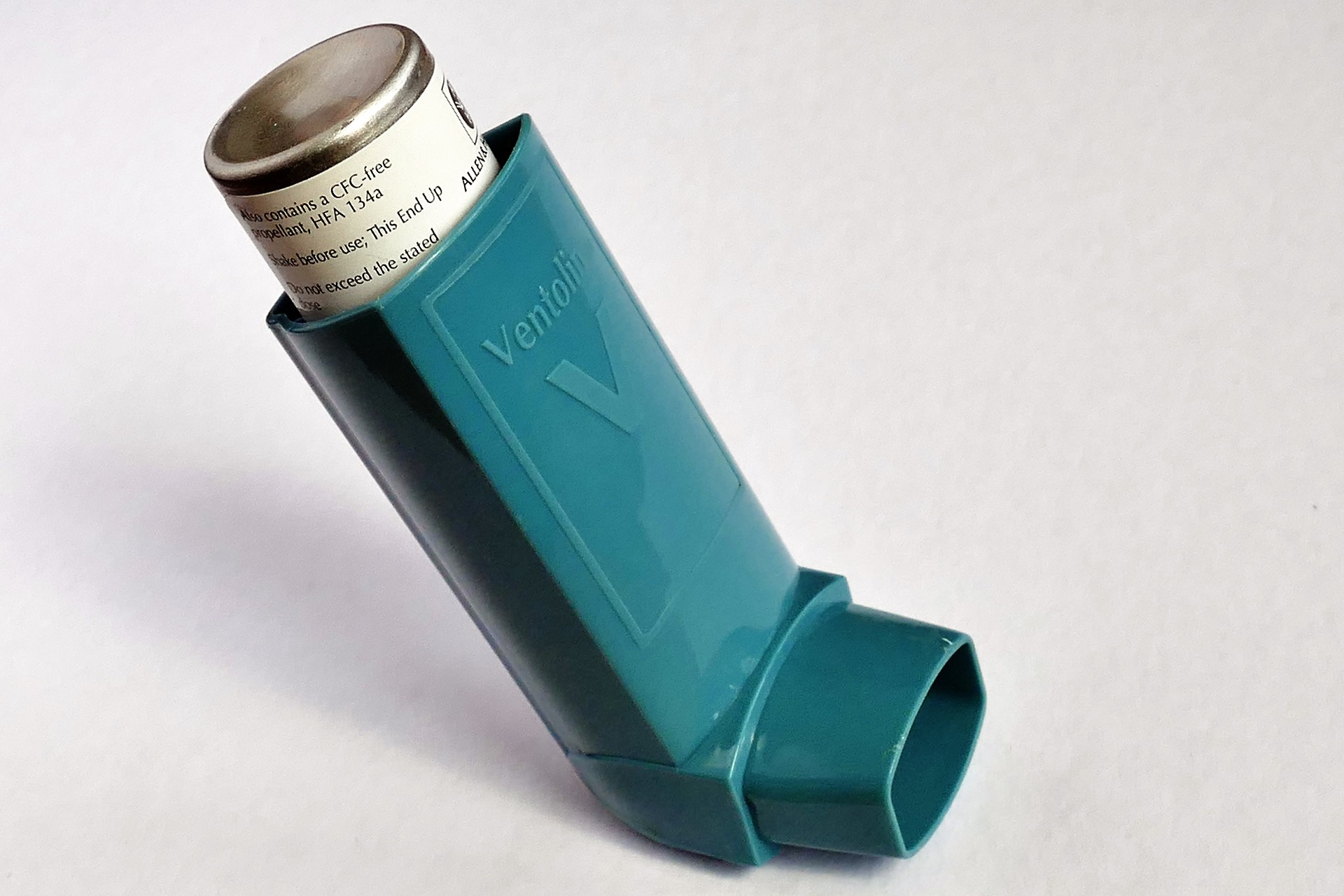How to treat bronchial asthma
 Asthma is defined as a chronic inflammation of the airways that causes their increased sensitivity to various external influences. They cause constriction of the airways, causing ailments occur as a feeling of difficulty at breathing, coughing, wheezing and feeling of oppression in the chest. Problems are most often at night or early in the morning, but can also be during the day. The number of patients with asthma over the last two decades is constantly growing, especially with children, teenagers and in highly developed countries, especially allergic asthma, and it is defined as a disease of modern society and the epidemic of the 21st century. It is estimated that about 350 million people worldwide have the disease and that another 150 million get ill for the next ten years.
Asthma is defined as a chronic inflammation of the airways that causes their increased sensitivity to various external influences. They cause constriction of the airways, causing ailments occur as a feeling of difficulty at breathing, coughing, wheezing and feeling of oppression in the chest. Problems are most often at night or early in the morning, but can also be during the day. The number of patients with asthma over the last two decades is constantly growing, especially with children, teenagers and in highly developed countries, especially allergic asthma, and it is defined as a disease of modern society and the epidemic of the 21st century. It is estimated that about 350 million people worldwide have the disease and that another 150 million get ill for the next ten years.
Causes of Bronchial asthma
 There are numerous causes of its origin, and they are divided into external and internal. External relate to the environment in which one lives and the interior to the patient. It includes: genetic predisposition, lifestyle, diet without protective substances with the use of additives and artificial substances, so-called fast food diet, harmful habits of smoking, especially expectant mothers during pregnancy, frequent infections, excessive use of antibiotics, immunizations, obesity, or decreased physical activity. Co- operation of these factors can also cause the disease.
There are numerous causes of its origin, and they are divided into external and internal. External relate to the environment in which one lives and the interior to the patient. It includes: genetic predisposition, lifestyle, diet without protective substances with the use of additives and artificial substances, so-called fast food diet, harmful habits of smoking, especially expectant mothers during pregnancy, frequent infections, excessive use of antibiotics, immunizations, obesity, or decreased physical activity. Co- operation of these factors can also cause the disease.
Conformation
 Confirming allergies to allergens from the air (inhalation) is determined by a simple and fast skin test or by determining a number of antibodies in the blood. To assess the condition of the airways, hospitals test lung function by using modern appliances purchased. If indicated, there are also other methods, with the aim of setting up a proper diagnosis and initiation of treatment.
Confirming allergies to allergens from the air (inhalation) is determined by a simple and fast skin test or by determining a number of antibodies in the blood. To assess the condition of the airways, hospitals test lung function by using modern appliances purchased. If indicated, there are also other methods, with the aim of setting up a proper diagnosis and initiation of treatment.
Treatment
For the treatment of bronchial asthma, people use two groups of drugs. These are the ones for fast relief of symptoms and those for prevention of symptoms. The choice of treatment is determined by the degree of  asthma control, therapy by the patient that is already receiving, pharmacologic properties and availability of different types of drugs, and in line with economic conditions. Preference is given to inhaled route of administration of drugs (by inhalation), as it achieves a direct contact of the drug with a large surface area of the tracheobronchial tree; is a fast onset of action; apply small doses of drugs and possible side effects are small. We should bear in mind the necessity of correct inhalation technique.
asthma control, therapy by the patient that is already receiving, pharmacologic properties and availability of different types of drugs, and in line with economic conditions. Preference is given to inhaled route of administration of drugs (by inhalation), as it achieves a direct contact of the drug with a large surface area of the tracheobronchial tree; is a fast onset of action; apply small doses of drugs and possible side effects are small. We should bear in mind the necessity of correct inhalation technique.
Regular use of medicine and regular control
The aim of modern asthma therapies is to establish and maintain control of the clinical manifestations of the disease in the long term. To accomplish this, there are four interrelated components. The first component is the establishment of partnership relations between doctors and patients. The second involves the detection and reduction of exposure to risk factors. The third relates to the assessment, treatment and monitoring of asthma; a fourth component is the proper treatment of exacerbations.


